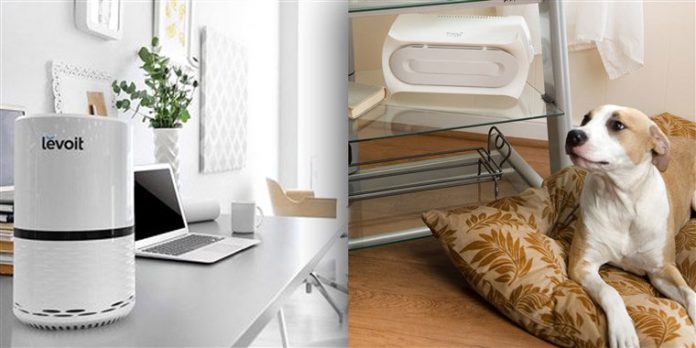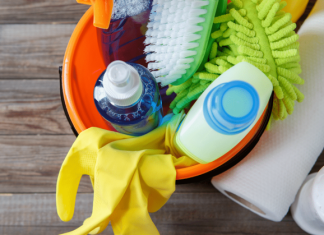According to the World Health Organization, cigarettes kill around 8 million a year worldwide. More than 7 million die from direct smoking while the remaining 1 million die from second-hand smoke (SHS).
Aside from cigarette smoking, there is exposure to smoke released from other kinds of fire – bushfires, building fires, as well as burning wood, waste, and tires. Likewise, cooking fumes are just as dangerous. If exposure is unavoidable, there are air purifiers for smoke removal.
This article talks about two characteristics of the best air purifiers– HEPA air filters and activated carbon filters. Plus, some practical steps to keep homes smoke-free.
HEPA Air Filters
Air purifiers function by allowing air to pass through filters that remove dangerous allergens and pollutants. Afterwards, clean air is released back into the environment.
One of these filters, called High-Efficiency Particulate Air (HEPA), traps up to 99.97% of pollutants that are 0.3 microns or larger. Air purifiers for smoke that are labelled “HEPA-type” or “HEPA-like” do not meet this standard. Therefore, consumers should avoid buying these products.
The size of cigarette smoke usually falls within the range of 4 to 0.01 microns. Therefore, HEPA can trap smoke through its fibres.
Aside from cigarette smoke, HEPA also filters the air from particulate matter (PM), sized at 2.5 microns or smaller. Also called PM2.5, these pollutants come from the following sources:
- Vehicle emission
- Wildfire smoke
- Construction equipment
- The smoke produced by power plants
- Paint
- Cooking fumes
- Air-conditioning dust
- Indoor fireplace smoke
- Burning candles
The increasing frequency of wildfires resulting from climate change is alarming residents, especially in the U.S. and Australia. Even when people close their doors and windows, bushfires still carry particulate matter inside homes.
According to studies from the National Institute of Health, PM2.5 causes lung cancer and heart disease. Therefore, an air purifier for smoke is an absolute must-have in every home.
Activated Carbon Filters
Another way of trapping smoke is with the use of activated carbon. When carbon goes through high temperatures, it becomes porous or “activated.” When smoke passes through activated carbon, there is adsorption like a thin film.
In most air purifiers for smoke, activated carbon comes with zeolite, a mineral that acts as an additional filter against smoke odour and toxic gases.
Practical Ways to Eliminate Smoke
According to medical professionals, third-hand smoke is just as harmful as inhaling cigarette smoke as a first-hand smoker or a second-hand non-smoker. By definition, third-hand smoke refers to the particulate matter residue left by cigarette smoke in clothes, furniture, walls, and other materials.
Based on an article released by the Hongkong Council on Smoking and Health, babies and young children are at risk of getting cognitive deficit and reading deficit when exposed to particulate matter.
Aside from having air purifiers for smoke in every room, parents can maintain smoke-free homes in these ways:
- Cleaning carpets by using vacuum cleaners with HEPA filters
- Regularly scrubbing walls to remove nicotine discolouration and odours
- Frequently washing clothes to get rid of cigarette odours
- Scheduling regular air duct cleaning services to remove particulate matters from air conditioners. It is also advisable to hire companies under NADCA, an association that promotes the use of HEPA filters in HVAC cleaning.
- Having an isolated “smoking room” at home with exhaust fans and air purifiers
These tips will help one decide on getting the best air purifiers for smoke removal. Having a smoke-free home will keep families in good health.
Author Bio
Lora Ray is a farmer of words in the field of creativity. She is an experienced independent content writer with a demonstrated history of working in the writing and editing industry. She is a multi-niche content chef who loves cooking new things.













